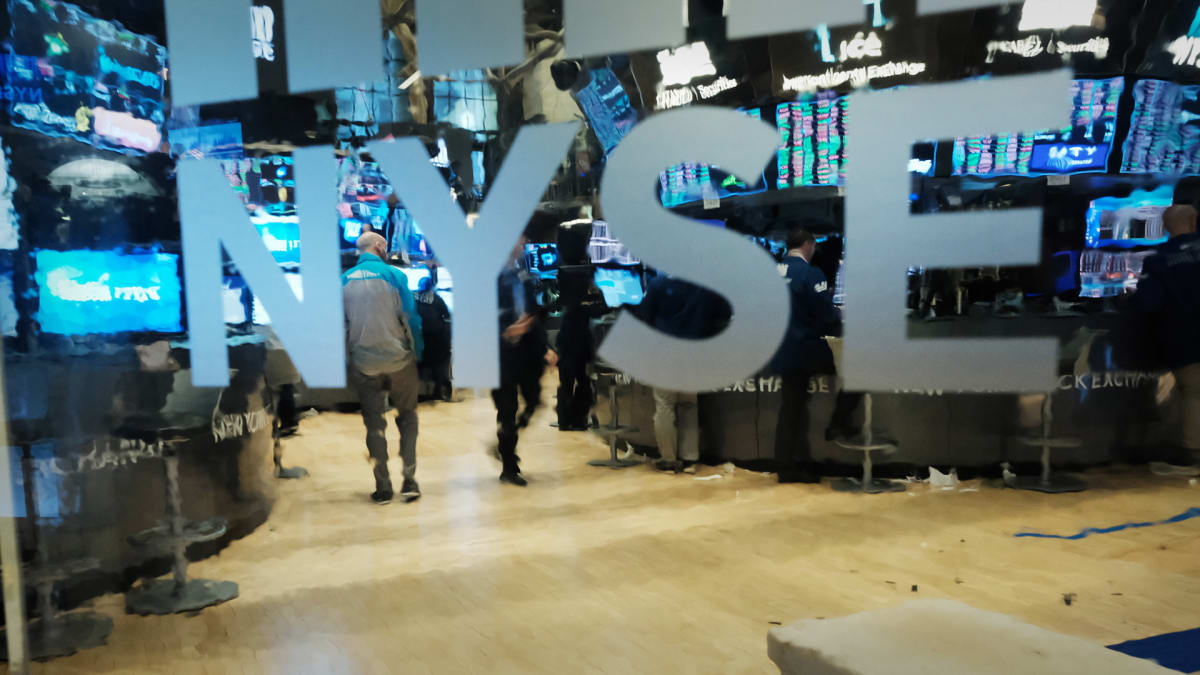
U.S. stocks this week face perhaps their sternest challenge of the year, testing the S&P 500's recent move into bull-market territory, as the Federal Reserve prepares its June rate decision and the Treasury embarks on its massive refunding spree.
Three major central bank meetings, including the Fed's June rate decision, nearly $300 billion in bond and Treasury bill sales, as well as key readings of inflation and retail sales from the Commerce Department are all expected to challenge the market's resilience this week.
All this comes as investors debate the strength of the domestic U.S. economy and the breadth of the S&P 500's 12% year-to-date gain.
The European Central Bank will follow the Fed with its own policy decision on Thursday in Frankfurt, with analysts expecting President Christine Lagarde to boost the region's refinancing rate, currently 3.75%, by at least 25 basis points (0.25 percentage point). The Bank of Japan on Friday will wrap up its two-day policy meeting in Tokyo as well.
Fed Rate Decision Due on Wednesday
Markets will, of course, be keenly focused on the Fed decision Wednesday. Interest-rate traders are pricing in a 77% chance that Chairman Jerome Powell and his colleagues will hold their benchmark federal-funds rate in place at between 5% and 5.25%.
That said, elevated inflation, a resilient job market and still-solid GDP growth of around 2.2% are all pointing to at least one more summer rate hike, likely in July. That move could cap the most-aggressive series of Fed rate hikes since the early 1980s.
At least one of those concerns, inflation specifically, will be addressed before the market opens on Tuesday, when the Commerce Department publishes its May inflation reading at 8:30 a.m. U.S. Eastern Time.
Economists expect the headline rate to slow to around 4.1%, down from the 4.9% recorded in April, with the so-called core reading, which strips out food and energy prices, falling to 5.2% from 5.5%.
The market's more immediate test will come early today. That's when the Treasury auctions $32 billion in reopened 10-year notes as part of a $296 billion funding wave over the next few weeks designed to replenish the agency's General Account' with the Federal Reserve.
Benchmark 10-year note yields were marked at 3.753% in overnight trading, while two-year paper added 3 basis points to change hands at 4.613%. The U.S. dollar index was modestly lower against a basket of its global peers in overnight dealing, falling 0.22% to 103.335.
S&P Tries to Consolidate Bull-Market Move
All of this comes as the S&P 500, which is up nearly 12% so far this year, attempts to consolidate its move into bull-market territory last week following a 20% gain from its recent October lows.
"The bulls are back in town, at least according to the technical qualifier of a 20% advance off a bear market low," said Adam Turnquist, chief technical strategist for LPL Financial.
"There is additional supporting evidence for the S&P 500’s bull-market designation, including, but not limited to, the market’s uptrend formed by consistent higher lows and higher highs since October 2022 and the S&P 500’s short-, medium-, and long-term moving averages all appropriately stacked above one another."
The bear market itself, however, was one of the longest in U.S. history, lasting 165 trading days and largely powered by the so-called magnificent seven megacap tech stocks.
Apple (AAPL), Microsoft (MSFT), Google (GOOGL), Meta (META), Amazon (AMZN), Tesla (TSLA) and Nvidia (NVDA) have comprised around 8.8 percentage points of the S&P 500's year-to-date gain. They make up nearly a third (around 31%) of assets under management in Bank of America's Global Wealth and Investment Management division, a 44% increase since the start of the year.
Dow Jones data suggest stocks typically perform well when entering a bull market, rising 2% in the following month and 9% over the following year.
But the S&P 500 has found notable resistance at the 4,300 point level, leading some investors to question whether the nascent bull market is real.
"The bear markets of 2000 and 2008 both saw rallies in excess of 20%, which did not constitute the end of the bear market, as the market experienced further downside after those rallies," said James Demmert, chief investment officer at New York's Main Street Research.
"U.S markets are overdue for a 10% correction, as the stock market at large is in overbought territory and investors are very complacent, and a June Fed rate hike could be the catalyst," he added. "Very narrow tech sector leadership is not a sign of a quality rally or bull market."
Goldman Sachs analyst David Kostin, however, dismissed the notion of narrow market breadth. Last week he lifted his end-of-year price target for the S&P 500 to 4,500 points, noting that pervious periods of single-sector leadership have led to catchup rallies over the subsequent months.
Get investment guidance from trusted portfolio managers without the management fees. Sign up for Action Alerts PLUS now.







